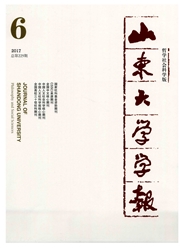

 中文摘要:
中文摘要:
2008金融危机前后国际干散货运价经历了前所未有的巨涨和剧跌。运用VAR和DVEC模型计算四条航线危机前、中和后的最优套保比率,并比较其套保效率后得到如下结论:第一,FFA(远期运费协议)市场已经具备较好的套期保值功能,套保效率最低为15%,最高可达75%;第二,金融危机中和后,FFA市场的套期保值效率高于金融危机以前;第三,我国从澳大利亚进口铁矿石的C5航线套保效率最高,而市场流动性强的CA和PlA航线套保效率相对较差。鉴于FFA认市场结算方式的改进,建议我国与国际干散货运输相关的企业正确运用其套期保值功能以规避运价波动的风险。
 英文摘要:
英文摘要:
International dry bulk freights experienced unprecedented surges and plunges around the financial melt- down in 2008. This paper estimates the optimal hedging ratios of 4 Lines in pro-, ana- and meta-phases of the meltdown by means of VAR and DVEC and compares their hedging performance. Our analyses lead to three conclusions. Firstly, FFA ( Forward Freight Agreement) has had good hedging function, with the lowest performance be- ing 15% and the highest, 75%. Secondly, hedging performance of FFA during and after the financial meltdown is better than the period prior to the crisis. Thirdly, Line C5 through which China imports iron ore from Austria has the best performance, whereas Line CA and PA with good liquidity feature relatively poor performance. Due to im- provement in FFA' s settlement method, it is advisable that firms involving dry bulk transport should use FFA' s hedging function appropriate to avoid risks associated with freight fluctuations.
 同期刊论文项目
同期刊论文项目
 同项目期刊论文
同项目期刊论文
 期刊信息
期刊信息
